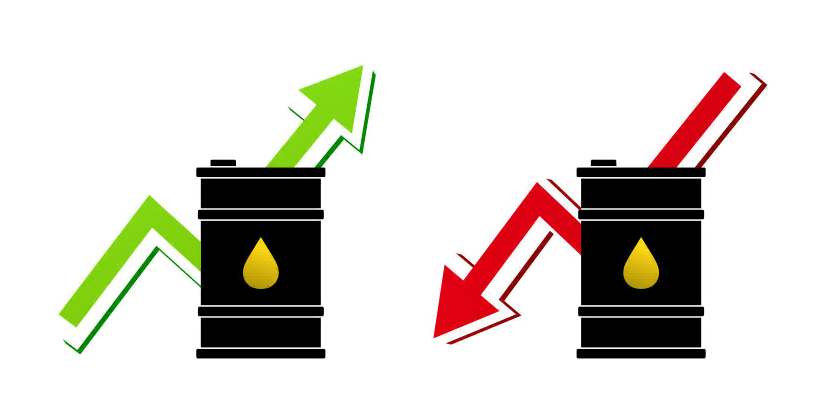IEA monitoring how US strikes on Iran nuclear sites impact oil and gas flows: Sadamori

The International Energy Agency is monitoring how the US strikes on Iran's nuclear sites June 21 could impact oil and gas flows, Keisuke Sadamori, the IEA's director of energy markets and security, told Platts, part of S&P Global Commodity Insights, June 22.
"We continue to monitor the situation and see how the development would impact the flows of oil and natural gas," Sadamori said.
The US bombed three of Iran's nuclear sites June 21, following through on threats to keep the country from obtaining a nuclear weapon, US President Donald Trump said.
"We have completed our very successful attack on the three Nuclear sites in Iran, including Fordow, Natanz, and Esfahan," Trump said in a post on his Truth Social media platform. "All planes are now outside of Iran air space. A full payload of BOMBS was dropped on the primary site, Fordow. All planes are safely on their way home."
Sadamori told Platts June 20 that the IEA stands ready to act should the Israel-Iran conflict result in disruptions to oil supplies via the Strait of Hormuz.
Sadamori's comments came amid mounting concerns about heightened maritime risk for shipments through the Strait of Hormuz as a result of any potential escalation of the Iran-Israel conflict.
The conflict between Iran and Israel has heightened fears of disruptions to oil exports from the Middle East, particularly through the Strait of Hormuz -- a vital chokepoint through which about 20% of the world's oil and LNG transit daily.
Sadamori said June 20 that the IEA currently estimates that the oil market "will remain well supplied" on the back of growing supply from the US and other countries in the Western Hemisphere, while OPEC+ unwinds its production cuts.
However, Sadamori said that any disruption to shipping via the Strait of Hormuz would also impact natural gas markets, adding that the global market is currently relatively tight.
He highlighted that there have only been limited LNG supply additions in the past two years, as well as sharply curtailed Russian pipeline gas exports to Europe.
The EU's storage levels are also well down on where they have been in the past two years at this point.




